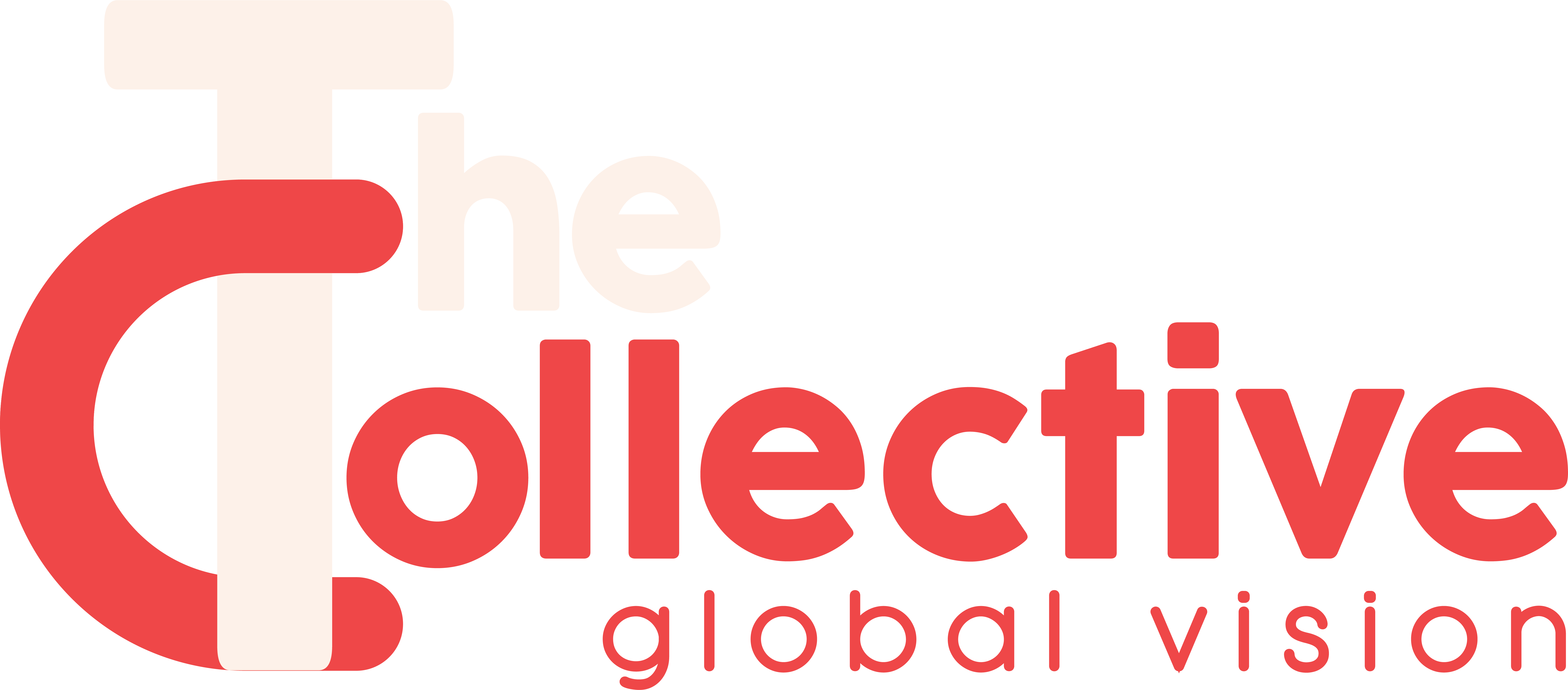Auditioning at The Collective Global Vision
Because we require our students to have a basic level of skill, and so we can place you in the program that’s best for you, you’ll need to complete an audition to apply to the school. We will evaluate your current level and place you in the program that best suits your needs. If we feel that you need more rudimentary studies to take advantage of our certificate or diploma programs, we may suggest you start with our Prep-A and Prep-B programs. If you are somewhat advanced, we may suggest you start in one of our more advanced programs. Please complete as many sections of the audition as you can. If there is something you can’t do, don’t worry about it and skip ahead. The audition is simply to place you in the program to suit your level.
The audition can be completed in person at our New York City location, or submitted electronically with your application. To set up an audition in person, please contact us at [email protected]. Your playing should be unaccompanied except for a metronome (if desired).
Application and audition materials, in most cases, are due a minimum of one week prior to the start date for the quarter to which you are applying. Please note that spots are limited, therefore, it is recommended that all materials be submitted well in advance.
EVALUATION STANDARDS
The Collective Global Vision uses a six-point system to rate students’ proficiency for entrance and advancement in each program of study. The following scale is used:
Level 1 to 1.5: Beginner: Little or no music theory and reading skills, and little or no ensemble performance experience.
Level 2 to 2.5: Advanced Beginner: Understanding of basic music theory with rudimentary reading skills, and minimal ensemble performance skills.
Level 3 to 3.5: Intermediate: Understanding of common music theory concepts with basic reading skills, and proficiency in performance tasks of medium levels of difficulty.
Level 4 to 4.5: Advanced: Understanding of advanced theoretical concepts with a high level of reading skills, and proficiency in a range of complex ensemble performance situations.
Level 5 to 5.5: Pre-Professional: Ability to apply advanced music theoretical concepts with a mastery of complex professional level reading skills, and ability to perform on a professional level in any professional situation.
Level 6: Professional: Used as a point of reference for defining a well-trained professional musician.
The following represents the minimum standard for each instrument:
Drummer Requirements
Technical Proficiency: basic drumming proficiency measured by ability to perform a single stroke roll, double stroke roll and paradiddles
Musicianship: understanding of rhythm and notation
Sight-Reading: ability to sight read rhythmic notation
Performance: performance ability in styles including Rock, Funk, Jazz, Shuffle, Samba, Afro-Cuban, and Odd Meter
Bass Audition Requirements
Technical Proficiency: ability to perform three major scales (two octaves), two harmonic minor scales (two octaves), two melodic minor scales (two octaves), two maj7 arpeggios, two min7 arpeggios, two dom7 Arpeggios, two min7b5 arpeggios, two dim7 arpeggios
Musicianship: understanding of melodic, harmonic and rhythmic concepts plus music notation
Sight-Reading: sight-reading ability
Performance: performance ability in styles including Rock, Blues, Funk, Bossa Nova, and Jazz Standards
Guitar/Keyboard Audition Requirements
Technical Proficiency: ability to perform three major scales (two octaves), two harmonic minor scales (two octaves), two melodic minor scales (two octaves), two maj7 arpeggios, two min7 arpeggios, two dom7 Arpeggios, two min7b5 arpeggios, two dim7 arpeggios
Musicianship: understanding of melodic, harmonic and rhythmic concepts plus music notation
Sight-Reading: sight-reading ability
Performance: performance ability in styles including Rock, Blues, Funk, Bossa Nova, and Jazz Standards
Vocal Audition Requirements
Technical Proficiency: ability to sing one major scale in any key (ascending and descending)
Musicianship: understanding of melodic, harmonic, and rhythmic concepts plus music notation
Sight-Reading and Performance: perform three randomly-selected songs to test sight reading skills and performing ability
MINIMUM PROFICIENCY RATING REQUIREMENTS BY COURSE LEVEL
Overall level evaluations are based on the elements listed above for each instrument. The score in each area is averaged to determine the student’s overall rating.

